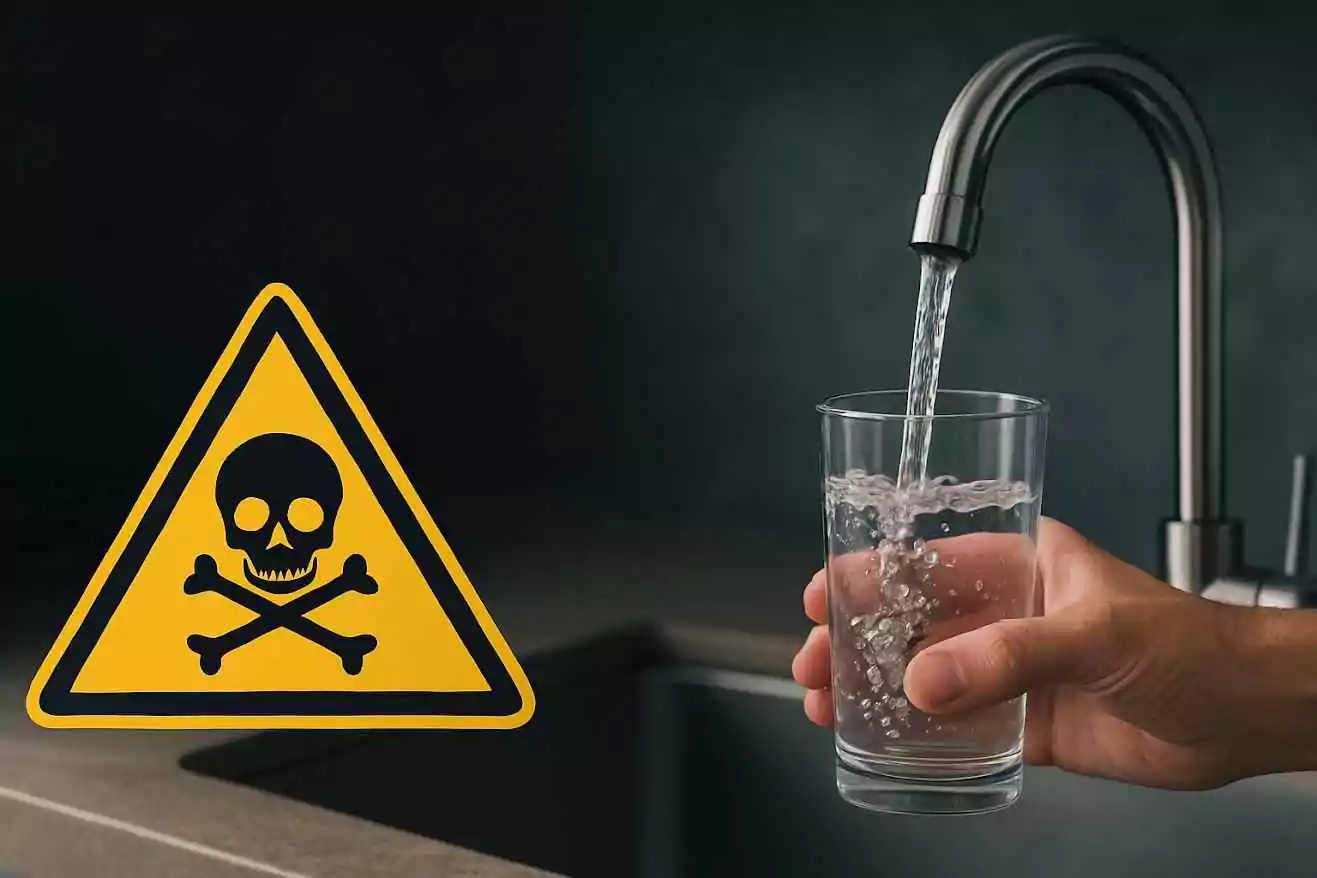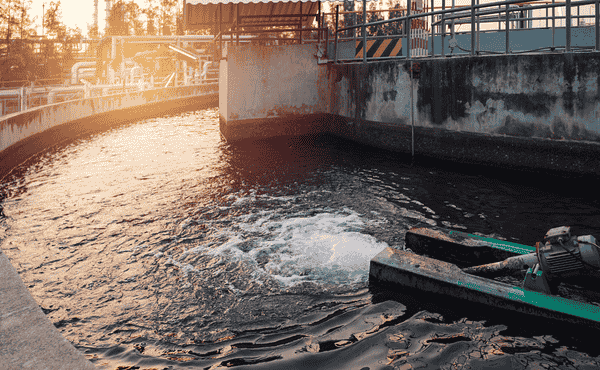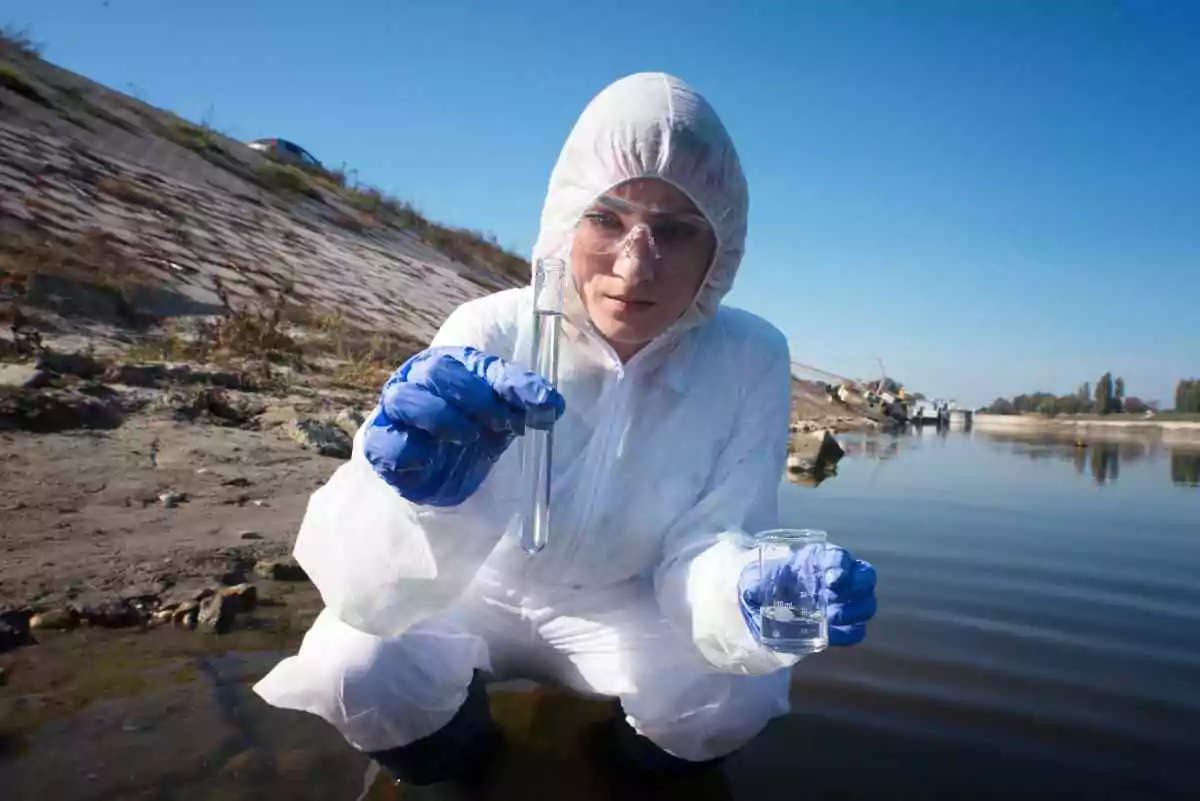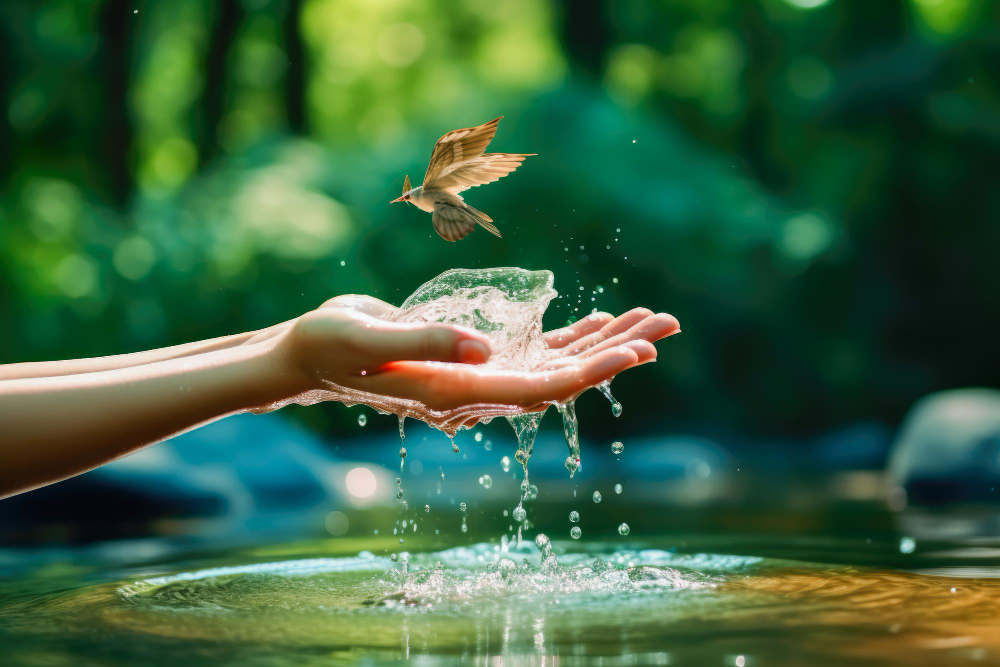Imagine that you wake up, pour a glass of water, and drink it without a second thought. It feels pure, clean, life-giving because water is essential, and we trust it. But what if that trust is misplaced? What if invisible threats lurk in that glass, quietly affecting your health, your child’s growth, your grandma’s heart, and you don’t even know?
Hidden toxins in everyday drinking water can be the silent saboteurs of our health. Today, I’ll take you through how that happens, why you should care, and what you can do?
What are the Hidden Dangerous Toxins in Your Water?
When we talk about toxins in water, we aren’t referring to unusual or scary poisons like snake venom or lethal chemicals you read about in movies.
These threats are often ordinary substances that, in tiny doses over time, hurt us.
Some common hidden culprits include:
Arsenic
A naturally occurring element from underground rocks. Over years, it can cause skin problems, cancers, and heart issues.
Fluoride
In moderation prevents tooth decay. Too much can cause dental or skeletal fluorosis (stained, brittle bones).
Nitrate / Nitrite
From fertilizers or animal waste. For infants under 6 months, it can cause “blue baby syndrome.”
Heavy Metals
Lead, mercury, cadmium may leach from old pipes or industries. Even tiny amounts harm the brain, kidneys, and reproduction.
Pesticides & Chemicals
Runoff from farms or tanneries can silently seep into water. Often tasteless and colorless but toxic
long term.
These dangers are hidden because water can look, taste, and smell normal — even refreshing.
A Real Wake-Up Call: Bihar’s Hidden Water Contamination Incident
Let me bring this to life with a real-world story, one from Bihar, India.
In parts of Munger district, Bihar, people from several villages began reporting unusual health issues: chronic stomach pain, patches on their skin, excessive fatigue, and even jaw bone changes. Local doctors initially chalked it up to common infections or nutritional deficiencies, because nothing obvious pointed to water.
After persistent complaints from villagers, a study was carried out. It revealed high levels of arsenic in groundwater, well above safe limits. What is the main culprit? Naturally occurring arsenic in the deeper layers of alluvial ground, which had gradually seeped into the tube wells people relied on for water.
Families had been drinking this water for years, thinking that groundwater, being natural, was the safest. But already, in some households, skin lesions and early signs of arsenicosis (arsenic poisoning) had appeared. It was a shock, especially given how slowly those symptoms develop.
Villagers had no idea they were being poisoned, drop by drop.
This incident reminds us that no water source is magically safe just because it’s underground, local, or free. Especially in regions with known geological risks (like parts of Bihar, West Bengal, Uttar Pradesh), vigilance matters.
Examples of Hidden Contaminants in Your Tap
Let’s bring this even closer to home with everyday stories:
Lead from Old Pipes
In many older houses, lead-based pipes or solder were used decades ago. Tap water, especially slightly acidic water, can leach lead.
Children drinking milk made with that tap water may develop developmental delays without obvious cause.
Fluoride Overload
In parts of Rajasthan or Himachal Pradesh, fluoride levels in groundwater soar naturally.
Children living there may develop mottled, stained teeth or, in severe cases, bone deformities before anyone considers testing the water.
Nitrate Mystery in Farming Areas
Picture a farming village in Punjab or Haryana. Fields are fertilized heavily with nitrates, contaminating local wells.
A baby develops cyanosis (turns bluish) from nitrite-induced oxygen loss—not from any infection.
The parents never linked it to the well.
These are not horror stories, they are real, and they have happened.
Why Should You Care, Even If You’ve Never Seen a Symptom?
Water can look, taste, and smell normal — yet still carry toxins that harm the body over time. Here’s why it matters:
Slow, invisible risk
Chronic exposure to low-level toxins can lead to serious issues like cancers, kidney disease, developmental delays, and reproductive problems. Often, people don’t connect the dots until it’s too late.
Protecting loved ones
Children, pregnant women, and the elderly are more vulnerable. Even slight lead exposure can affect a child’s IQ. Nitrates can be fatal to infants, while arsenic accumulates and harms multiple generations.
No symptoms, no safety
Just because water tastes fine doesn’t mean it’s safe. You wouldn’t drive without checking oil or brakes; think of water the same way — especially in high-risk areas.
Why Doesn't Drinking Clear Water Make You Feel Unsafe?
Because humans rely on sight, smell, and taste to judge safety, but nature doesn’t work that way for chemicals. Water can seem pure and feel clean while still carrying dissolved toxins at levels too low to trigger immediate symptoms.
Moreover, many toxins cause slow damage. You won’t suddenly collapse after drinking contaminated water, but over months and years, those toxins accumulate. By the time symptoms show (fatigue, digestive issues, rashes, growth delays), the root cause may remain unidentified.
How to Know If Your Water Is Safe?
Here’s how to check and act:
Google if your region has known issues like arsenic in Bihar’s groundwater, fluoride in parts of Rajasthan, or industrial pollutants near dyeing units.
Use local testing kits or accredited labs: Cheap test strips can check for arsenic, fluoride, nitrates. Better labs can measure lead, pesticides, industrial chemicals. A simple test is a powerful first step.
Yellow, brittle teeth, spots on the skin, slow growth in children, frequent stomach issues, while these could be other things, assess collectively, and check the water.
If your water is tainted, here are some durable solutions:
- Rainwater harvesting:
Collect rooftop rainwater for drinking, as many villages have done successfully.
- Activated carbon filters:
Great for organic chemicals and some heavy metals (though not all).
- Reverse osmosis (RO):
Effective for arsenic, fluoride, nitrates, bacteria—but wastes some water and removes minerals (so remineralize if used daily).
- Community approaches:
In affected villages, common arsenic-removal units (like Kanchan filters) or deep safe wells can serve entire neighborhoods at low cost.
Instead of random raids, FSSAI can now take data-backed actions. This could save time, costs, and improve public health outcomes.
A Story of Hope: Rural Bihar’s Response
In Bihar, once the arsenic threat was confirmed, local NGOs and health workers led a quiet revolution.
They removed unsafe wells, installed community-based filters, and launched
awareness campaigns about testing rainwater and pond water before drinking.
Within a year, skin lesions stopped clustering, families were informed, and villagers were trained to use simple water-testing kits.
It wasn’t dramatic overnight, but it was life-saving.
Why this matters to you
-
Empowerment through knowledge: Simple testing or installing a filter can prevent major health issues.
-
Ripple effects: Awareness spreads faster in communities than government circulars.
-
Proactive health care: Checking water quality early may save years of misdiagnosis.
Quick Checklist: What You Can Do Starting Today?
STEPS:
1
Ask whether the water quality in the area has been tested? Are there known contaminants?
2
Buy or borrow a simple water-testing kit and look for arsenic, fluoride, nitrates, lead.
3
Watch for warning signs like physical symptoms, discolored teeth or skin, unusual fatigue in the family.
4
If contamination is confirmed, shift to safe water, install filters, or use rainwater.
5
Educate and share what you learn with friends, local school PTA, or social groups.
Your tap water may look innocent, but don’t let that lull you into false security. Like a quiet whisper, harmful toxins
can slip into your day-to-day life and erode health one sip at a time. Here’s the beautiful truth: you have the power to prevent it.
From Bihar’s wake-up call about arsenic to your own quiet kitchen, awareness is the shield, and action is the blade. Test your water and shield your family. Share what you learn to save your neighbours and friends. In doing so, you help turn silent poison into silent safety,one drop, one household, one community at a time. Always, stay curious, stay safe, and let’s raise glasses of truly clean water for everyone.
Here’s a friendly plug for a lab you can trust, Equinox Labs is a leading FSSAI-approved & NABL-accredited water, food, and air testing laboratory with over years of experience and presence across India. They offer comprehensive drinking water testing and use state-of-the-art facilities and certified experts. Equinox handles sample collection across 500+ cities, processes your water, and gives you both results, and expert guidance on what to do next. And hey, when they say test your water now, they mean it, because what’s in your glass counts.
Frequently Asked Questions (FAQs)
Toxins in water are tested through advanced laboratory methods such as spectrometry, chromatography, and microbial analysis. These tests can detect heavy metals, pesticides, industrial chemicals, and harmful microbes. Simple field kits are also available for preliminary checks, but lab testing ensures accuracy.
Toxins can be removed using purification techniques like activated carbon filtration, reverse osmosis, and advanced oxidation processes. These methods target different contaminants, from heavy metals to organic toxins. Large-scale treatment plants and even home purifiers often combine multiple technologies for safer drinking water.
Impurities are detected through physical checks (taste, odor, and color) and laboratory testing for dissolved solids, hardness, and microbial content. Water quality test kits can measure pH, chlorine, nitrates, and more at home. However, professional testing provides a complete and reliable impurity profile.
Detecting poison in water requires specialized lab tests that screen for toxic chemicals like arsenic, lead, cyanide, or pesticides. Since many poisons are colorless and tasteless, they often go unnoticed without testing. Accredited laboratories use advanced instruments to identify even trace levels of poisonous substances.
Get Latest Blogs and Updates










